What is the process of washing coffee beans? differences in flavor characteristics
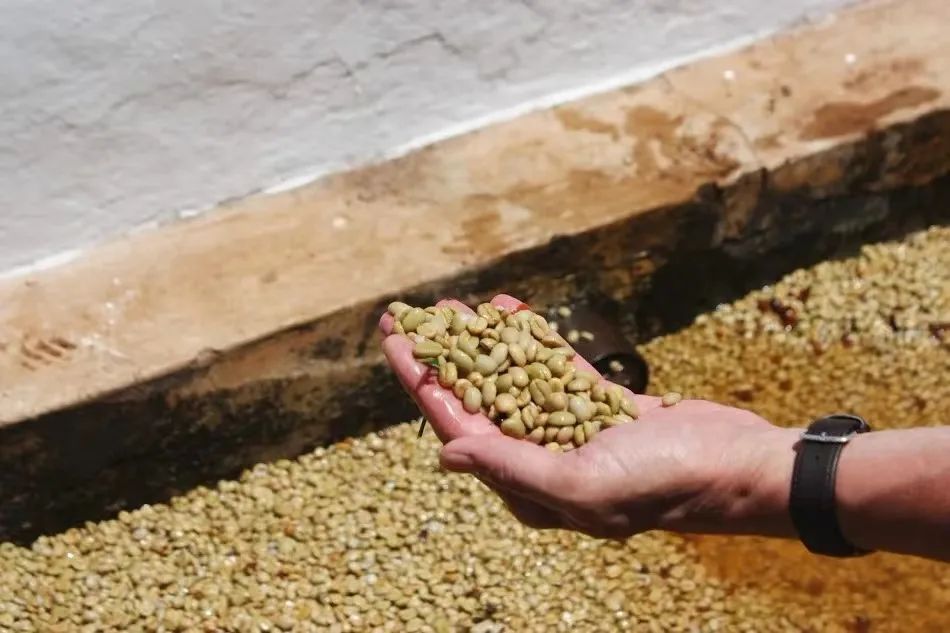
Water washing is not only the most widely used method of raw bean treatment, but also one of the most traditional coffee treatment methods. In general, washed coffee is cleaner, brighter and more acidic than sun-dried beans. For example, Essex Tintin cooperative coffee beans, Asalia coffee beans in Kenya, Panamanian butterfly coffee beans, and Guatemalan flower god coffee beans on the Qianjie bean list are all washed naturally.
Historically, the oldest way to treat raw coffee beans is the traditional sun treatment, which simply means putting fresh coffee beans in the yard or on the roof. This method doesn't cost much, and everyone can do it. But the problem is also exposed, that is, "watching the sky to eat", mildew is easy to appear in some areas with unstable weather, and the pulp with high sugar content is extremely easy to attract insects, so that the quality of sun-cured coffee can not be guaranteed. Before the reform of the Ethiopian coffee system, the highest level of sun-treated coffee beans could only be G3.
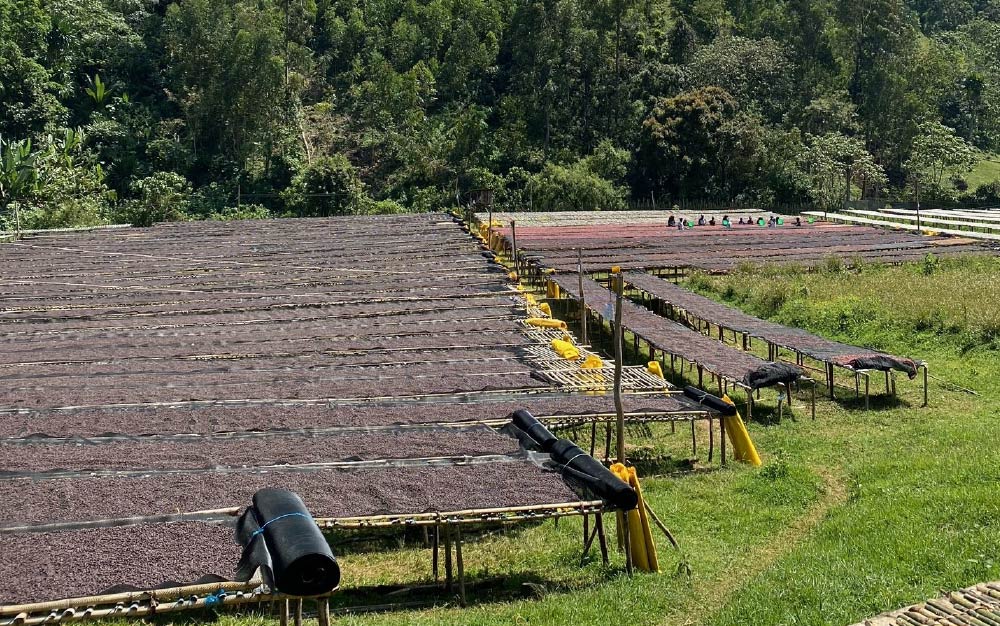
As consumers have higher and higher requirements for the quality of coffee, while the quality of sun-treated coffee is lower and uneven, only standardized production can achieve greater benefits. In 1740, the Dutch, who controlled colonial coffee cultivation and the world coffee trade, began to use washing to treat coffee beans. It was first found in the West Indies that peeling coffee beans and soaking them in water can remove the sticky pectin layer, which can reduce the drying time of coffee beans and effectively prevent diseases and insect molds from infecting coffee beans. At that time, washed beans were a symbol of high quality.
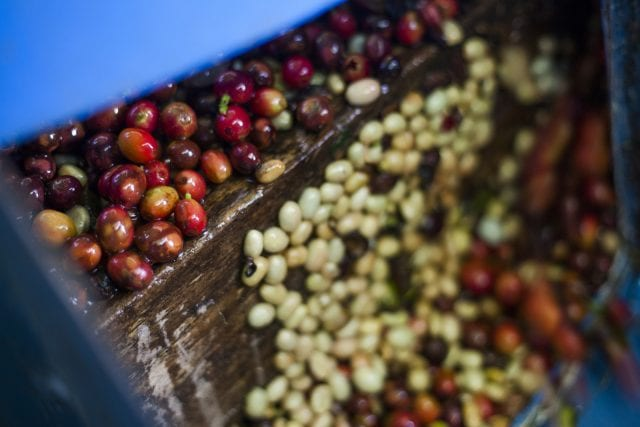
Later, coffee peeling machines were introduced in 1844, which also made the washing operation more efficient. The cost of washing treatment is also very high, which requires a large amount of water. An average of 200 kilograms of raw coffee beans costs 10-20 tons of water. Only near the water source can a washing treatment plant be set up. It can be said that the emergence of washing treatment, flavor and taste only accounts for a small part of the reason, the bigger reason comes from the consideration of good product rate, output and product standardization. Until now, washing is still one of the most common ways to treat coffee beans on the market.
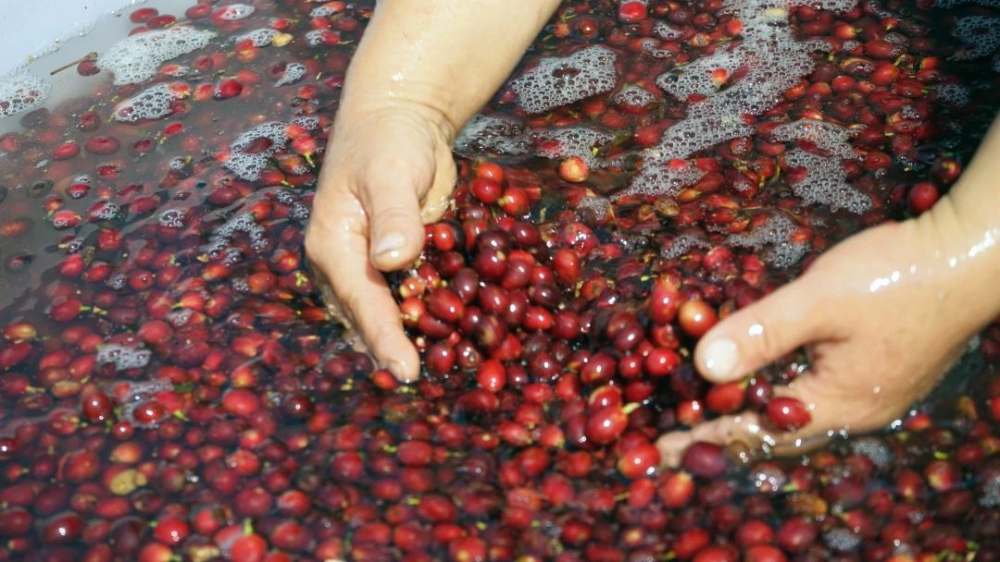
The coffee beans are usually floated before washing, freshly picked and put into the water, the undermature fruits are picked out by the buoyancy of the water, and then the peel / pulp of the berries is removed by a planer, when the coffee beans are slippery. The production staff poured it into the fermentation tank and left it at rest for one night. Pectin fermentation produces some acidic substances that cause the pectin to break down and fall off the bean body. After the fermentation is completed, there will be a small amount of pectin stuck to the shell beans, so you need to use a tool to scrub for 30-60 minutes, coupled with the drive of running water, so that the pulp is completely cleaned. The special channel plus water erosion can remove the beans with low specific gravity and poor quality, then drain the high-quality coffee beans, spread them on the scaffolding or dry on the net, and finally reach the target water content can be packaged and stored.
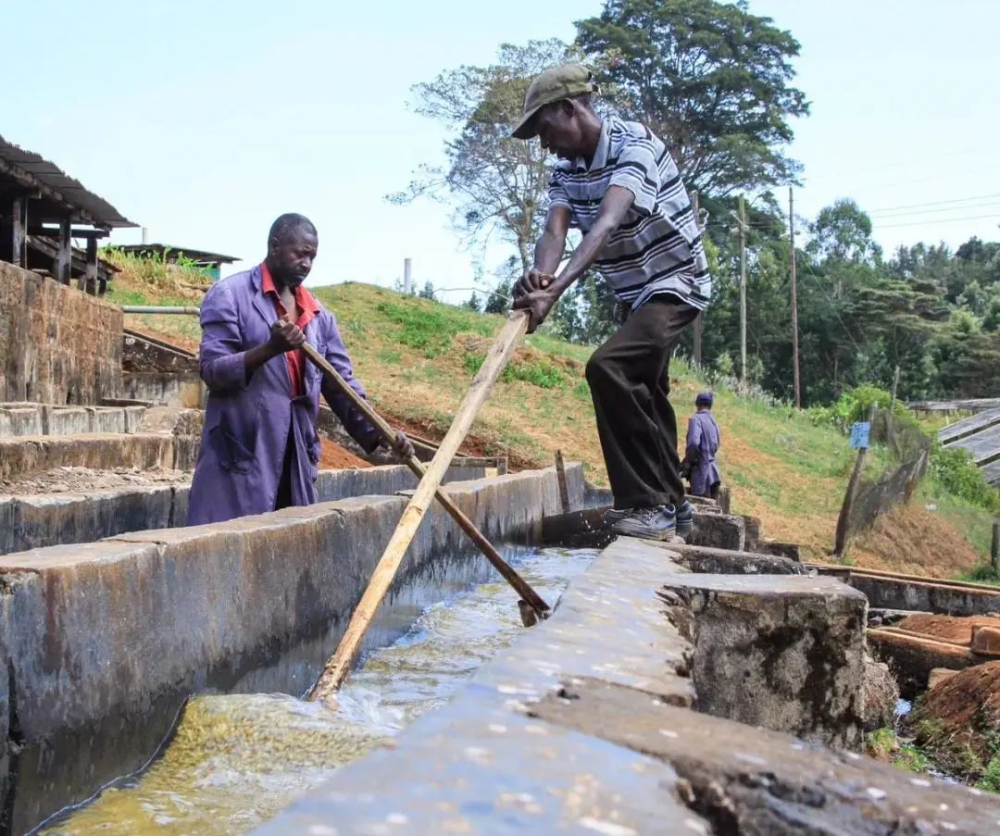
As many steps of washing can remove bad beans, the proportion of coffee defects is greatly reduced, and the quality is more stable. In the drying process, there is no pulp in the outer layer, the flavor is with rising acidity, and the cleanliness is higher, highlighting the flavor characteristics of a single producing area. Therefore, if you want to understand the "local flavor" / "regional flavor" of a place of origin, Qianjie suggests starting with its washing batch. For example, the Yega Chuefei we are familiar with, the Ethiopian rations beans launched in the front street are selected from the washed Yega Chefe coffee, which is roasted in medium and light, with fresh acidity of jasmine, citrus and lemon, and honey sweetness.
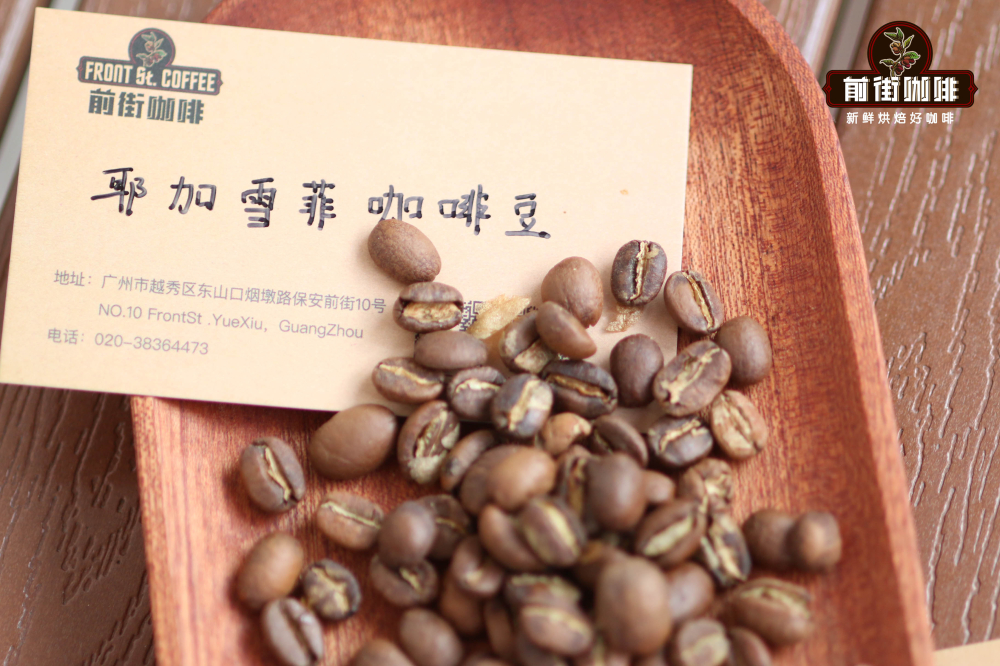
As we all know, in Ethiopia, which is located on the African continent, water is very scarce, and coffee is traditionally dried naturally in the sun. Due to rough techniques, coffee beans are directly thrown into the mud or roof to dry, coffee is easy to absorb the smell of soil on the ground, or uneven heating leads to excessive fermentation, which ultimately affects the quality of coffee. In order to improve the quality of coffee, the Ethiopian government introduced more advanced washing technology and related equipment from Central and South America in 1972. Let Yega Chuefei coffee flavor presents a fresh citrus tone and elegant white flower aroma, the overall flavor is bright and delicate. As a result, Yega Xuefei became independent from the Sidamo producing area and became a well-known producing area in the coffee circle today.
When Yega Xuefei coffee beans are produced on the front street, they are usually in the form of hand flushing. If you are a newcomer to the coffee circle, Qianjie recommends a water-washed Yejiachefi grain bean, which is selected from Ethiopia's native coffee beans and roasted in a medium and light degree. Qianjie's rations bean series allows friends who have just come into contact with coffee circles to taste the basic flavor of the producing area at an affordable price, and the design of small packages can also avoid endless waste.
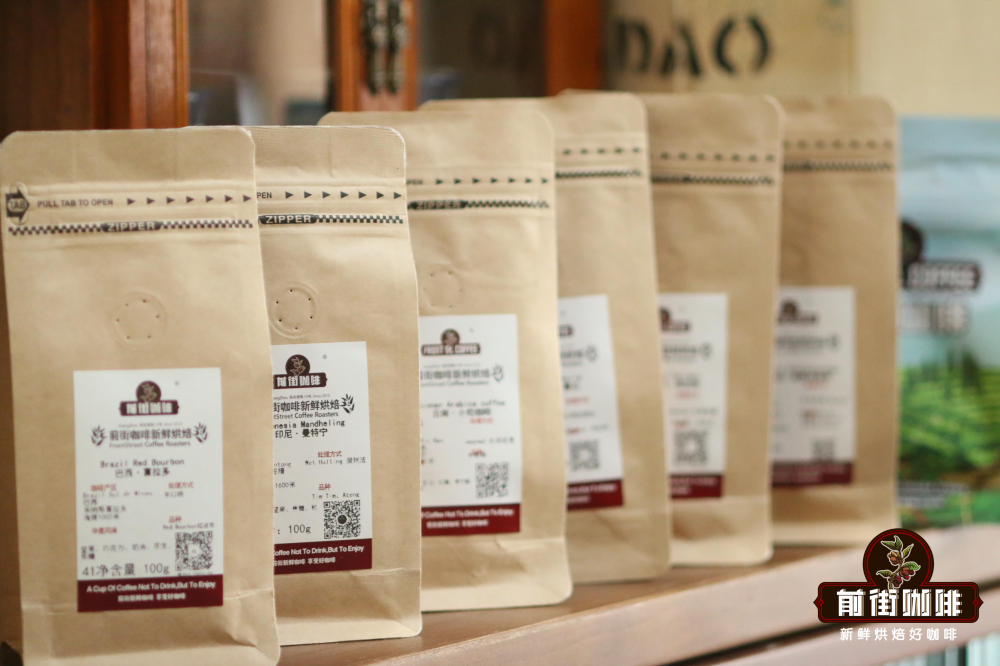
Water washing Yega Xuefei hand flushing suggestion
Filter cup: V60 water temperature: 92-93 degrees Celsius powder: 15g powder-water ratio: 1:15 Grinding degree: fine sugar size (No. 20 sieve bowl sieve powder to 78%)
In the first stage, 30 grams of water is injected for 30 seconds, followed by 95 grams (about 125 grams indicated by the electronic scale). The injection is completed in about 1 minute, and the remaining 100 grams are injected at 3 places in the powder layer (about 225 grams shown by the electronic scale) in about 1 minute and 35 seconds. 2: 10 "trickling is completed, remove the filter cup and complete the extraction.
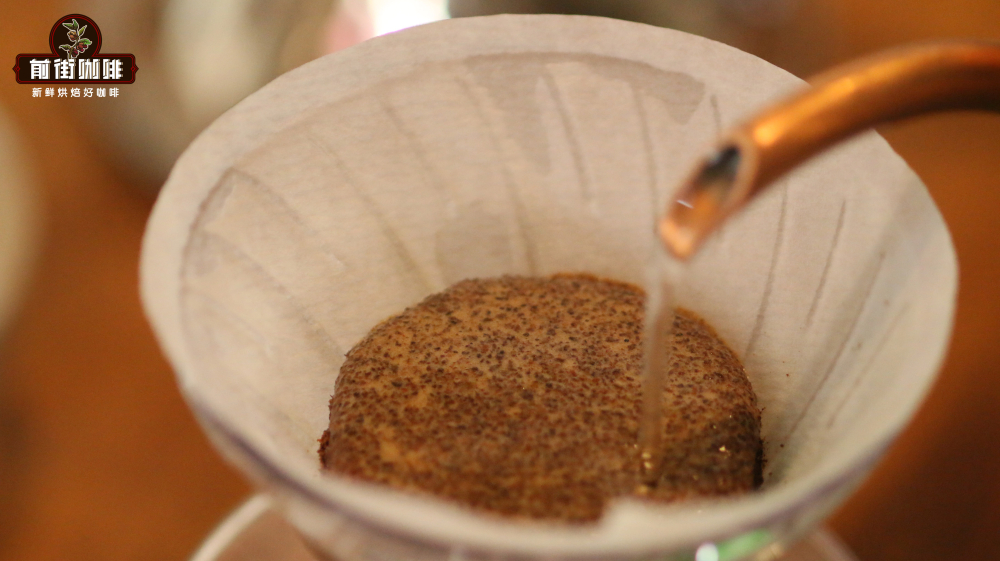
Washed Yega Chuefei coffee flavor: the entrance has the aroma of jasmine, lemon, citrus, green tea, with the change of temperature, there are berries, cream, sugar cane aftertaste, the taste is clean and sweet.
Professional coffee knowledge exchange more coffee bean information please follow the coffee workshop (Wechat official account cafe_style)
For more boutique coffee beans, please add private Qianjie coffee on Wechat. WeChat account: qjcoffeex
Important Notice :
前街咖啡 FrontStreet Coffee has moved to new addredd:
FrontStreet Coffee Address: 315,Donghua East Road,GuangZhou
Tel:020 38364473
- Prev
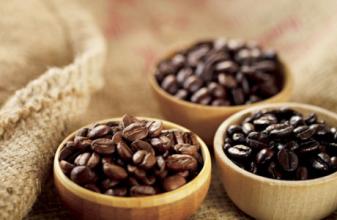
The shelf life of coffee why raise beans, coffee knowledge, coffee culture
Food has its shelf life, coffee beans generally have a shelf life of one year, but for those who pursue high-quality coffee, just quality is obviously not enough, so how long is the life cycle of coffee bean flavor? Is the coffee bean as fresh as possible? Friends who like red wine all know that good red wine needs to be opened an hour in advance to oxidize the red wine.
- Next

What is sun treatment? introduction to the flavor and taste characteristics of the technological steps of sun-drying coffee beans
Tanning is a traditional method for the initial processing of coffee beans, and at present, almost all coffee-growing countries such as Ethiopia and Yemen still use solarization to treat raw beans. Sun treatment will first identify sunken beans in the sink, that is, ripe or half-ripe beans are spread in the drying farm for natural drying. The specific time depends on the local
Related
- Detailed explanation of Jadeite planting Land in Panamanian Jadeite Manor introduction to the grading system of Jadeite competitive bidding, Red bid, Green bid and Rose Summer
- Story of Coffee planting in Brenka region of Costa Rica Stonehenge Manor anaerobic heavy honey treatment of flavor mouth
- What's on the barrel of Blue Mountain Coffee beans?
- Can American coffee also pull flowers? How to use hot American style to pull out a good-looking pattern?
- Can you make a cold extract with coffee beans? What is the right proportion for cold-extracted coffee formula?
- Indonesian PWN Gold Mandrine Coffee Origin Features Flavor How to Chong? Mandolin coffee is American.
- A brief introduction to the flavor characteristics of Brazilian yellow bourbon coffee beans
- What is the effect of different water quality on the flavor of cold-extracted coffee? What kind of water is best for brewing coffee?
- Why do you think of Rose Summer whenever you mention Panamanian coffee?
- Introduction to the characteristics of authentic blue mountain coffee bean producing areas? What is the CIB Coffee Authority in Jamaica?

